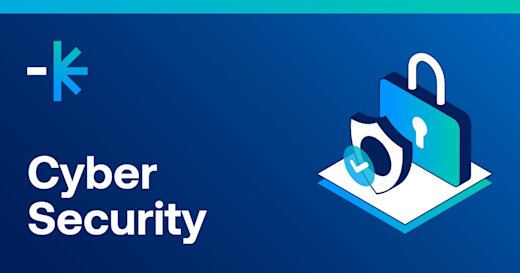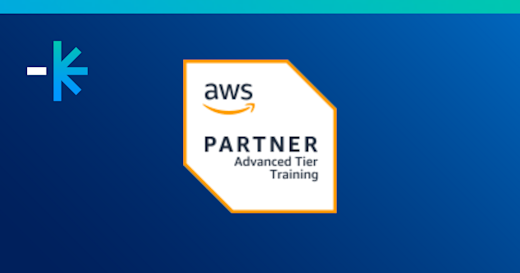Got a question? Call 1800 853 276 | Login
The main objective of our three day ITIL Foundation course is to equip you with a solid knowledge of the ITIL Framework with its lifecycle, processes and terminology. That said, a very immediate goal of the course is to PASS the ITIL Foundation Exam.
The exam format
“Eighty percent of success is showing up.” – Woody Allen
You will be faced with 40 multiple choice questions over 60 minutes, or 75 if English is not your first language. You need to score 26 or more to pass. The questions are all A through D and will be of a similar standard to the official sample questions you will work through during the course. Typically the exam is run online, however paper-based exams are occasionally used for onsite courses. A further option is to opt for a ‘proctored’ exam which you can sit whenever and wherever you want (within reason) and an online invigilator is provided.
The exam interface is clearly laid out and it is easy to navigate between questions. You can return to any question you wish within the exam time limit.
Don’t forget that the scope of the exam is defined by the ITIL Foundation Syllabus.
The course and lecture content have been prepared to map closely to this. It is important that you keep track of the syllabus as you go through the course and ensure that you understand each of the points as they are covered off. You won’t be asked anything that is not in the syllabus.
How to perform well in the exam
“You must unlearn what you have learned.” – Yoda
Well not quite but you will pass the exam by going by the book and sticking to what is covered in the course. ITIL is successful partly because it is a Framework rather than a Methodology and can be interpreted and implemented in any number of ways across the multitude of organisations that have benefited from implementing it. For the exam you must stick to the text. Don’t overthink the questions or confuse the question by accessorising them with any background noise from your own workplace.
No trick questions
Roy: “We don’t need no education.”Moss: “Yes you do. You’ve just used a double negative.” –The I.T. Crowd
The examination body assures us that there are no ‘trick’ questions in any ITIL exam and they do not use double negatives to try and fool us either. Take questions at face value and again, do not read too much into them or over think them.
At ITIL Foundation level you will be tested on the bottom two levels of Bloom’s Taxonomy. You need to remember the terminology, definitions, etc. and understand what they mean. The intermediate exams build on that and ask you to apply what you know.
Unsure? Mark it and move on
“I think if you know what you believe, it makes it a lot easier to answer questions. I can’t answer your question.” – George W. Bush
If you don’t settle on an answer after about two minutes, pick one (just in case you run out of time) and ‘mark’ the question to go back to it at the end. You might find that a subsequent question either jogs your memory or helps you clarify an idea or concept that gets you to an answer with the question(s) that you were less certain of.
Exam technique
Here are two sample questions along with techniques for getting to the correct answer.
Question 21 Sample Exam B Which two processes will be involved the MOST in negotiating and agreeing contracts for the provision of recovery capability to support continuity plans? A) Service Level Management and capacity management B) Supplier Management and service level management C) IT Service continuity management and service level management D) IT Service continuity management and supplier management
Look out for the word MOST. You will know that all processes in the Service Design lifecycle stage interface with Service Level Management and that may lure you into believing that it must be part of the answer however, the word ‘most’ urges us to focus on the specifics of the question. We are ‘agreeing contracts’ so we are engaging with a third party so we should think Supplier Management. That rules out two answers A and C. With the two remaining options we then have to decide whether IT Service Continuity Management or Service Level Management is the most relevant process to our ‘recovery capability to support continuity plans’. Clearly IT service continuity management is more relevant than the more general service level management on this. D is therefore the correct answer.
Question 3 Sample Exam C Which is the term for customers of an IT service provider who purchase services as agreed in a legal contract? A) Strategic customers B) External customers C) Valued customers D) Internal customers
OK. Firstly, the exam is not going to introduce brand new terminology! Service provision is nothing without customers and there is no such ITIL phrase as ‘Strategic customers’. There are Strategic suppliers but that is not relevant here. It is hoped that all customers are ‘Valued’ and let’s face it if there is something called ‘Valued customers’ it implies that there are also ‘Non-valued customers’ which doesn’t really sound right… right? We can rule out A and C. This, at least gives us a 50/50 chance. A key differentiator in the question is the phrase “legal contract” and keep in mind only B or D could be correct. Contract should imply third party/external and therefore B should stand out as the correct answer. So, eliminate what you can (in this case made up terms) and consider the subtlety or differentiating components of the question.
Practice building up your own technique even if it means ruling out the wrong answers.
NOT MOST BEST ALWAYS
Look out for the capitalised words. On a personal note I find that putting the word NOT in capitals seems to make it invisible and I waste time trying to answer the wrong question. Essentially, read the question! MOST, as mentioned above usually means that one of the answers will have specific relevance to the question even though other answers may have some merit to them. BEST is similar in that the other answers my contain an element of truth but are not as strong as the correct answer. ALWAYS will mean ‘without exception’ so any answer that you can imagine having any flexibility will be wrong. Just another thought with ‘always’: when you see it in an answer it is probably wrong. Answers tend to be reasonable with words like ‘agreed’ and ‘achievable’ rather than definite like ‘always’ and ‘never’.
Go for a walk
Jules: “We’re gonna be like three little Fonzies here. And what’s Fonzie like?”
Yolanda: “Cool?”
Jules: “Correctamundo. And that’s what we’re gonna be. We’re gonna be cool.” – Pulp Fiction
I say this on the lead up to every ITIL exam I oversee in the classroom environment. On the day of the exam you will be going through lots of practice questions; you don’t want to just stop doing that and then immediately start even more questions in the actual exam. Something I do before an exam like this is just take a stroll around the block. Just ten minutes but it is enough to freshen up and relax before locking horns with the exam. Be cool.
Work hard
“Real knowledge is to know the extent of one’s ignorance.” – Confucius
Ultimately you will pass the exam if you know the answers to at least 26 questions so put in the work. During the course ensure that you understand everything in the syllabus. It will all be covered so take stock at the end of each day and if you have any doubts ask the instructor. Going through sample questions can help you with your technique and when it comes down to it there are only so many ways they can ask you what the 4 Ps are. Remember where each process fits into the lifecycle; it is really helpful to remember the processes that appear in Service Strategy, Service Design, Service Transition, Service Operation and Continual Service Improvement. This can help you narrow in on the correct answer.
The little book (Don’t put it on eBay but don’t be sidetracked by it)
On our ITIL Foundation course we issue students with a concise ITIL Foundation pocket-sized book. This is best used after you pass the exam as a reference guide to help you recall the ideas covered in the course and expand on how they are used. I found the content to be a bit too much to prepare for the exam and a bit of a distraction but I have found it really handy since. The DDLS course manual covers everything you need for the exam.
Hope this helps. Best of luck on your ITIL journey.







